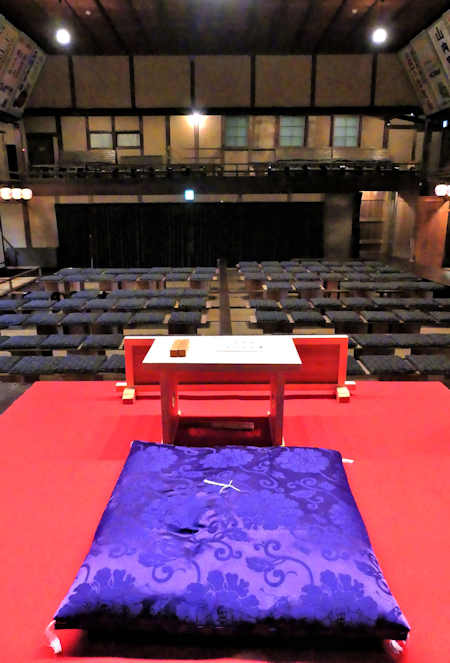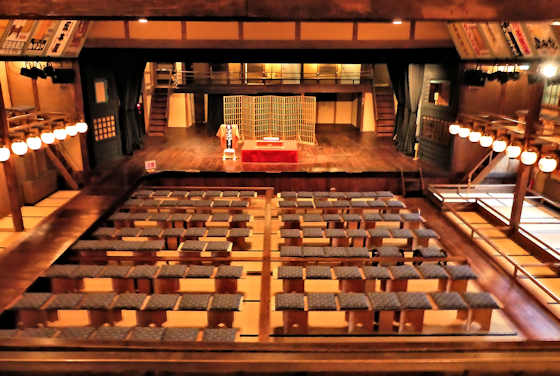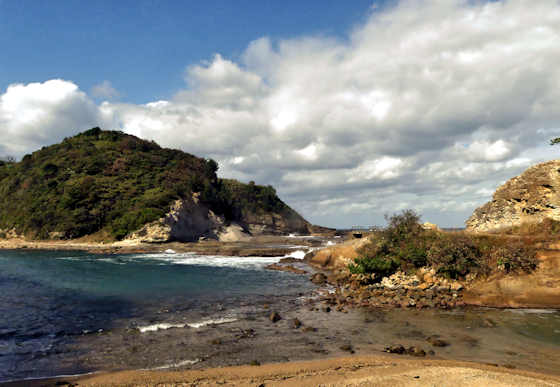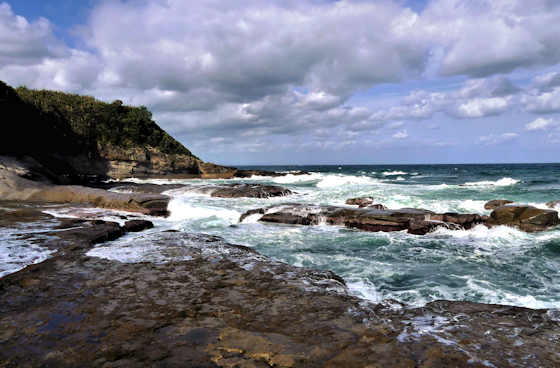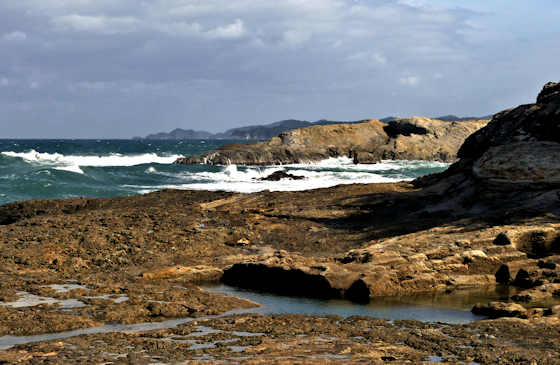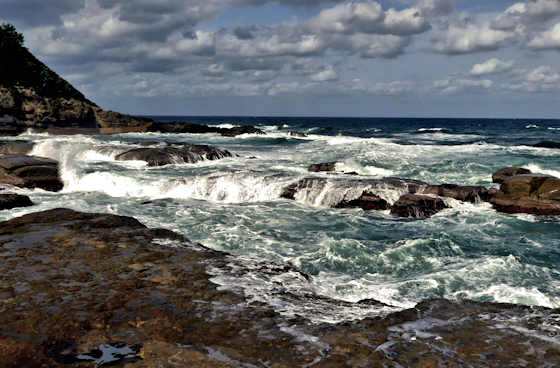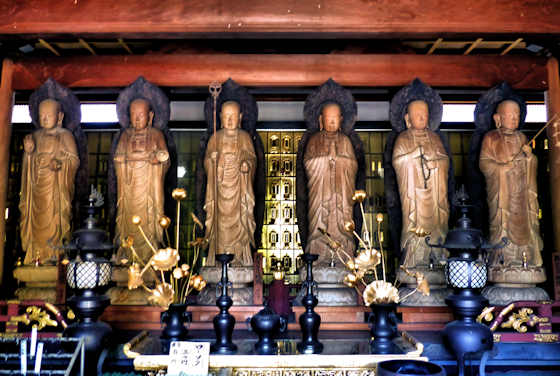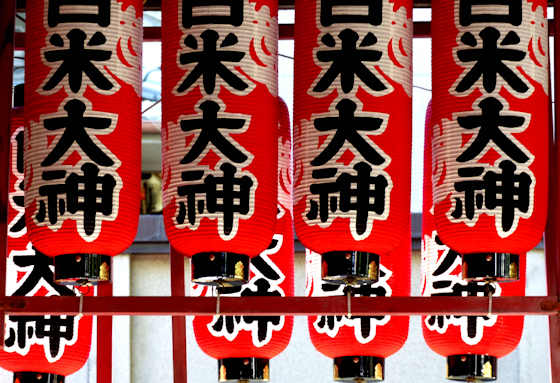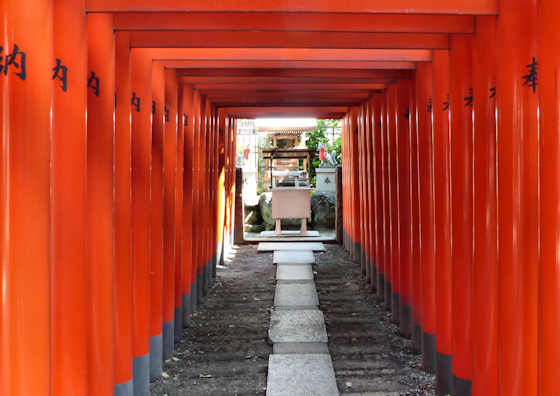Saturday, December 17, 2022
Zenkakuji Temple
Monday, December 12, 2022
Gesshoji Temple Gardens
Japan Travel
Sunday, December 11, 2022
Saimyoji Temple 3 on the Shikoku Fudo Myo Pilgrimage
On the third day of my walk along the Shikoku Fudo Myo Pilgrimage my first stop was Saimyoji, temple number three of the pilgrimage, located just outside Mima.
Friday, December 9, 2022
Eirakukan Kabuki Theatre
Eirakukan Kabuki Theatre
Located in the former castle town of Izushi in northern Hyogo, the Eirakukan is a traditional Japanesekabuki theatre open to the public.
Built in 1901 it is the oldest kabuki theatre in Kansai, and the oldest kabuki theatre in Japan still standing on its original site.
The theatre closed down in 1968 and was then renovated and restored and opened again in 2008 and while there are occasional perfrmances, it is primarily a tourist site now.
All parts of the theatre can be explored by visitors, including te stage and backstage areas. A highlight is going underneath the stage to see how the revolving stage, the mawari-butai, is operated.
There is a lot of advertising, inside and out, not just for the famous kabuki actors, but mostly for the sponsors and local companies.
I was maybe not as impressed as many visitors, probably because I had previously visited a couple of larger kabuki theatres down in Kyushu. The Kaho Gekijo Theatre in Iizuka, Fukuoka, has the largest revolving stage in Japan, and the Yachiyo-za in Yamaga, Kumamoto, both are somewhat larger than the Eirakukan.
Wednesday, December 7, 2022
Kushijima Near Yunotsu
Kushijima
Sunday, December 4, 2022
Mizuko Temple Monju-in
Mizuko Temple Monju-in
Monju-in is one of a cluster of mountain-top temples at about 450 meters above sea level in the mountains overlooking Sasaguri in Fukuoka. A couple of the temples are part of the Sasaguri pilgrimage, but Monju-in isn't.


























